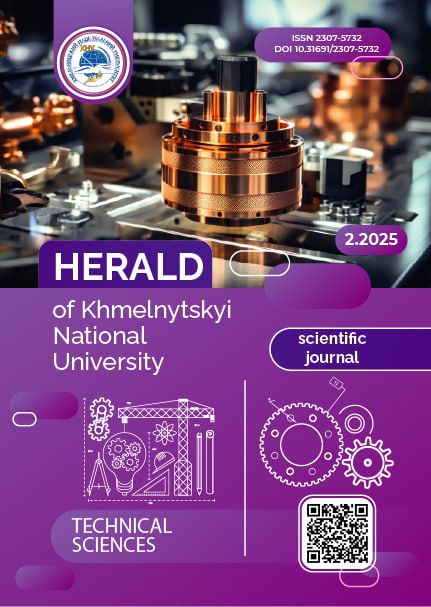INTEGRATION OF OBD-II VEHICLE DIAGNOSTICS WITH FINITE STATE MACHINE SOFTWARE DESIGN
DOI:
https://doi.org/10.31891/2307-5732-2025-349-43Keywords:
finite state machines, design, automotive diagnostics, optimization, machine learning, system reliabilityAbstract
This research presents an innovative approach to integrating On-Board Diagnostics II (OBD-II) vehicle diagnostic systems with finite state machine (FSM) software design methodologies. The study addresses the growing complexity of modern vehicle diagnostic systems and proposes a novel framework that combines real-time vehicle diagnostics with automated software control systems. By leveraging FSM-based architectures, this research seeks to enhance diagnostic accuracy, reduce false detections, and provide a scalable solution adaptable to various vehicle models and driving conditions. The integration of FSM principles enables dynamic adaptation to varying system states, improving fault detection capabilities while ensuring reliable system behavior under different operating conditions. A critical challenge in OBD-II diagnostics is the accurate classification and interpretation of fault data. Traditional diagnostic methods often rely on predefined static threshold rules, which can lead to a high rate of false positives or undetected issues due to their inability to adapt to changing environmental and operational conditions. FSM-based architectures offer a more systematic approach to modeling dynamic system behavior, allowing the diagnostic system to transition between states based on real-time sensor data. This research introduces a novel FSM-enhanced diagnostic system, incorporating probabilistic state transitions and machine learning-based adjustments. By integrating probabilistic models, the system can adjust state transition dynamically, thereby refining fault classification accuracy and improving adaptability to fault scenarios. The proposed methodology enables more efficient fault detection and prediction, reducing the likelihood of erroneous diagnostics. The research presents a comprehensive mathematical framework for modeling FSM state transitions, ensuring precise representation of the system’s dynamic behavior. It also develops algorithms for adaptive fault classification, leveraging machine learning techniques to continuously optimize diagnostic performance. To validate the proposed approach, simulations and empirical testing are conducted on various vehicle datasets.
Downloads
Published
Issue
Section
License
Copyright (c) 2025 ДМИТРО НІКІТІН, ОЛЕКСАНДР РИБІЦЬКИЙ (Автор)

This work is licensed under a Creative Commons Attribution 4.0 International License.

